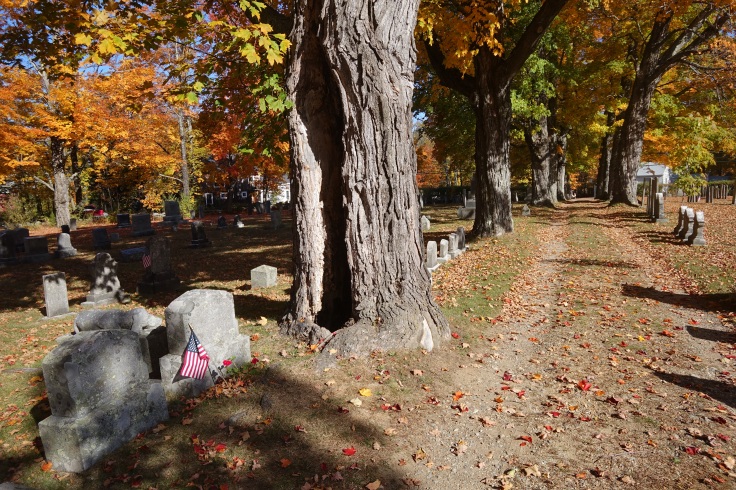
They dazzle us with their brilliant colors at the peak of every fall, and bring us spring’s first sweetness as winter’s end approaches, the trees we’ve named Sugar Maple have grown naturally in our area for 8000 years. At some point, the indigenous folks that evolved with this land learned to utilize the food value of the tree, a process that was shared with the Europeans as many as 400 years ago. In their immigrant hands, Maple sugaring would have more of an impact on New England’s economy than most of us realize. The oldest trees we see today are all that is left of the tremendous efforts and innovations that went into creating America’s Maple Sugar boom.
In the Beginning…………..
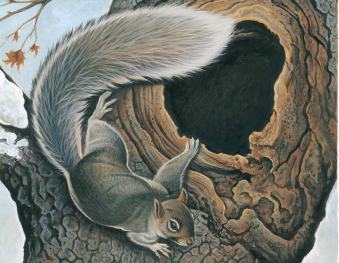
There are no written records of exactly when the Indian Cultures of Northeast America began tapping trees, but there are dozens of wonderful origin stories (click here to see more legends). The Abenaki tell about a village that becomes lazy as all the people are lounging under maple trees, drinking the syrup flowing in the branches though out the seasons. When the creator catches wind of this, he teaches them a lesson by watering down the mix and shrinking its availability to a few weeks a year. If the people wanted their sweet syrup, they now had to work for it. However it started, the harvesting and processing of sap has consistantly taken place in our area for over a thousand years, quite possibly much longer, making it the most ancient of all the agricultural practices known in the northeast .
Sugarbush……….
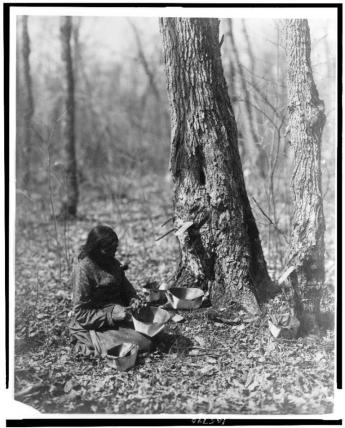
Each year, just as winter’s strength began to ebb, Indians would gather where Maple trees were known to grow. They worked together to harvest the sap, utilizing some of it right out of the tree for cooking and drinking. They knew how to intensify the sweetness of the sap by letting it freeze in specially made shallow birchbark trays, but they also boiled away excess water. How could it be done without metal pots? They did it with deeper birchbark containers, suspending them to heat gently over (not in) a fire. Or, by heating a series of rocks that were dropped into the sap, removed and reheated. The syrup would be used for culinary purposes of the harvesting season, but without canning or refrigeration, it did not preserve well enough for much else. Maple sugar, however, is easier to store and transport. It was something those who made it could trade.
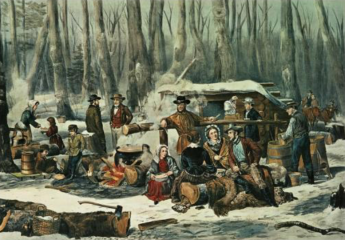
Europeans got their mapling skills from the Indians and ran with it. Cane sugar had to be imported at great cost, but Maple trees were everywhere and the sugaring process was pretty simple. At first they continued the annual Sugarbush gatherings, incorporating their own tools and ideas. (Laura Ingalls recounts a wonderful description of just such a party in her Little House in the Big Woods p. 121). But the demand for those pragmatic cakes of Maple sugar lead to more intentional manipulations of the process. Presidents Washington and Jefferson hoped to compete with sugar cane operations and planted Maple orchards on their Virginia plantations. Their idea failed because Maple Trees need the cold temperatures to convert the starch stored in their roots into sugar.
Sugarboom…………
However, the Maple Sugaring business boomed around here. Mont Vernon farmers could supplement their income by selling or trading maple sugar. It was easy enough to encourage Sugar Maple growth on their property by removing competing trees. The town folk planted maples, too. They used them to line many of our roads and historic driveways, providing shade from the summer sun, color in the fall, and an easily accessible economic resource that would peak in the 1860s.
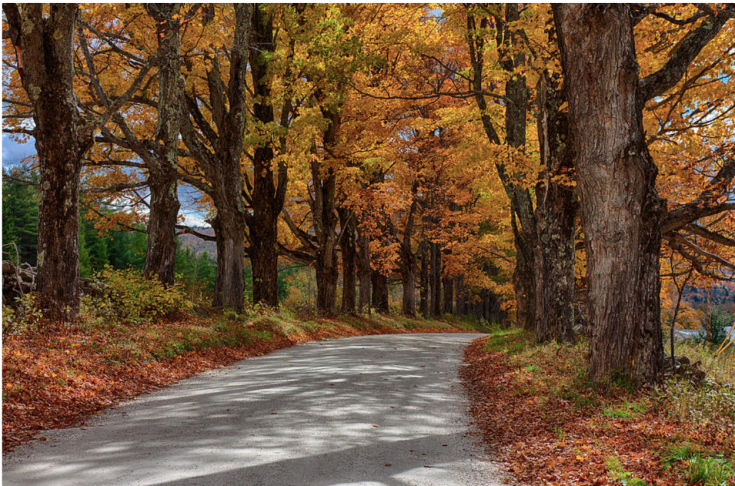
According to the 1880 census, more than 36,000,000 pounds of maple sugar were produced that year in the United States, along with a million or so gallons of “maple molasses”. An 1880 dollar value of close to $4,000,000, an amount that would be comparable to just over $100,000,000 in today’s money.
Modern Times……….
Unfortunately, our Maples have suffered in the name of progress. The brilliant idea of accessibly planting them along roadsides would spell their doom as the automobile culture caught on. The practice of “breaking roads” for sleighs gave way to salting roads in order to prevent sliding, and our sensitive old Maples were sickened.
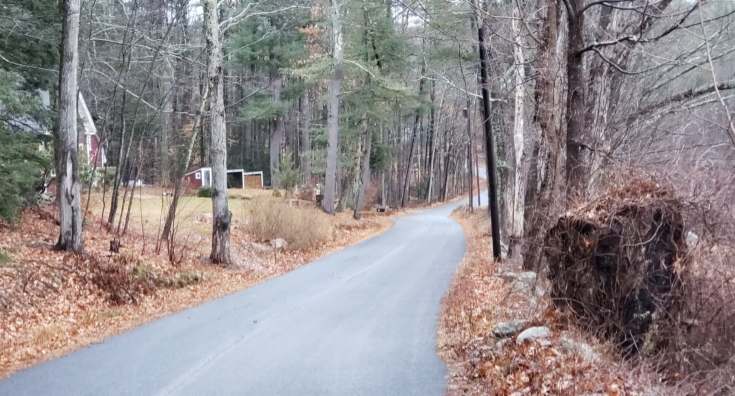
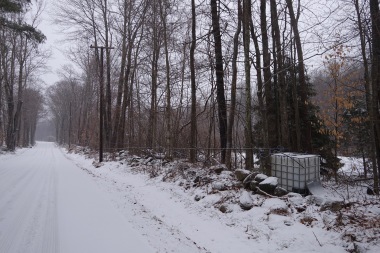
Luckily, there are still younger maples to tap. And like most every other industry going, plastic has become prevalent here, too, in the form of tubes and tanks. I just read about a sap vacuum that doubles the output of a tree. Modern sugaring will need more sap because climate change has increased the number of sap gallons needed to make one gallon of syrup. It may well be our generation that witnesses the end of this eons old tradition… at least in this area.
The next time you are out driving around Mont Vernon’s oldest and least improved roads, I hope that you will notice a few of these ancient Maple trees. Perhaps, if the weather is right, they will be looking all Currier and Ives ~with each branch highlighted by snow against a mottled gray sky. Be sure to take a moment to savor the how long and how well these trees have served the people living among them. Think of how the humans who planted the oldest of these beauties did it with future generations in mind… a grass roots, coordinated effort we would be lucky to see the likes of again!
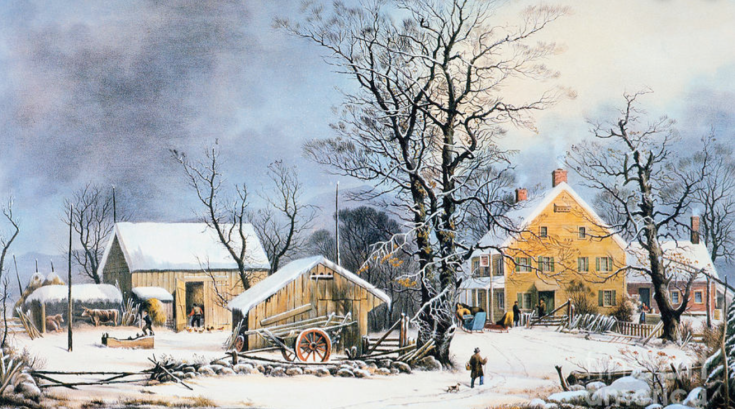
A Tree to See on Old Milford Road…
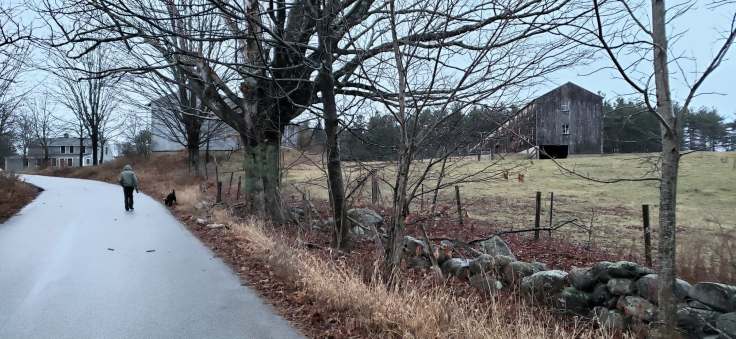
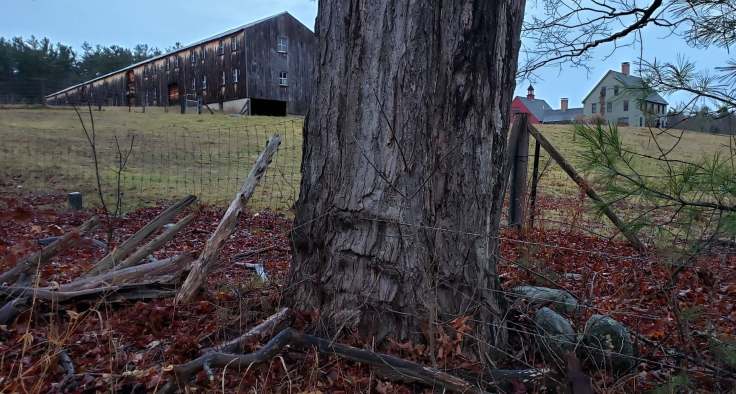
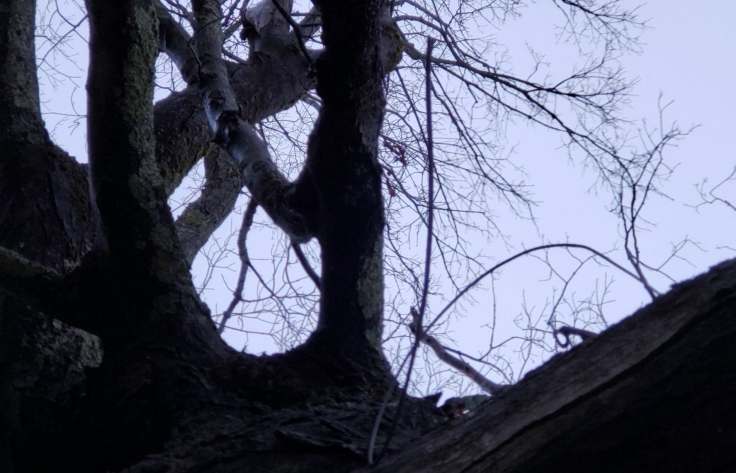
Rangeway Maples…
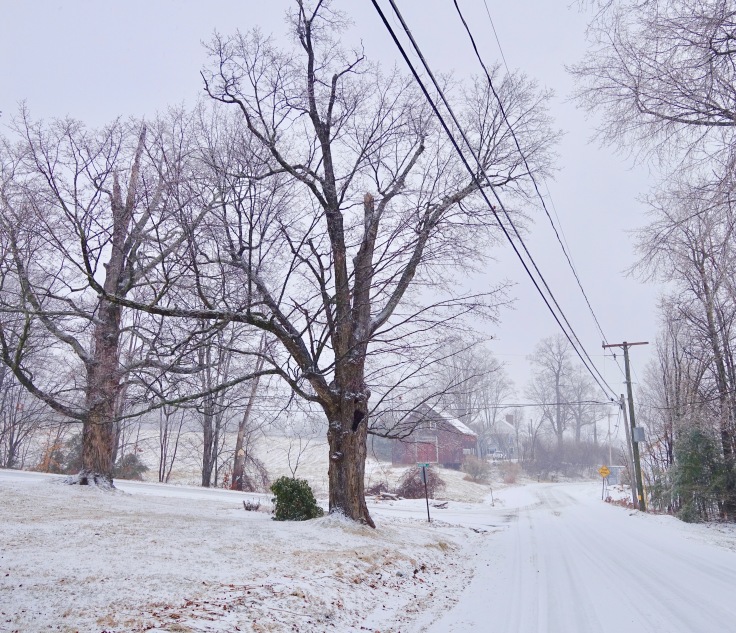
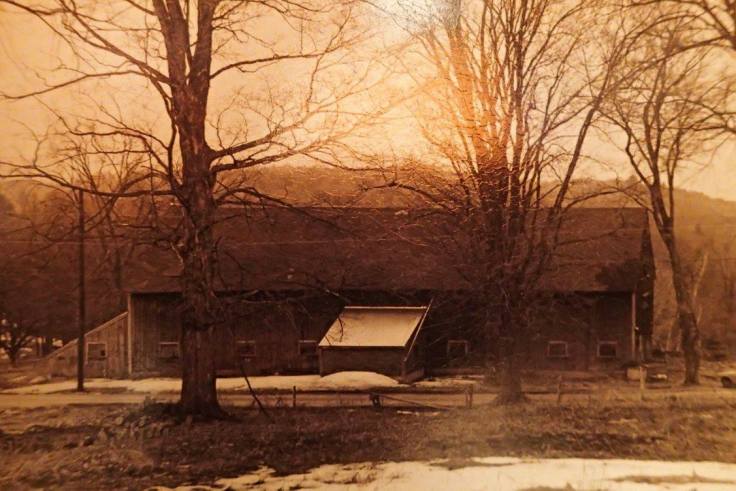
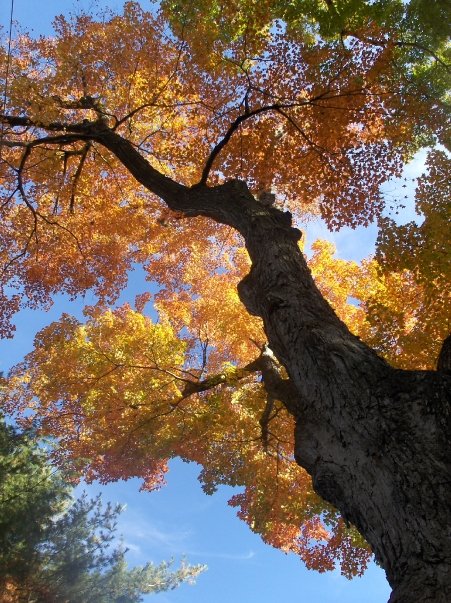
To Save a Maple…
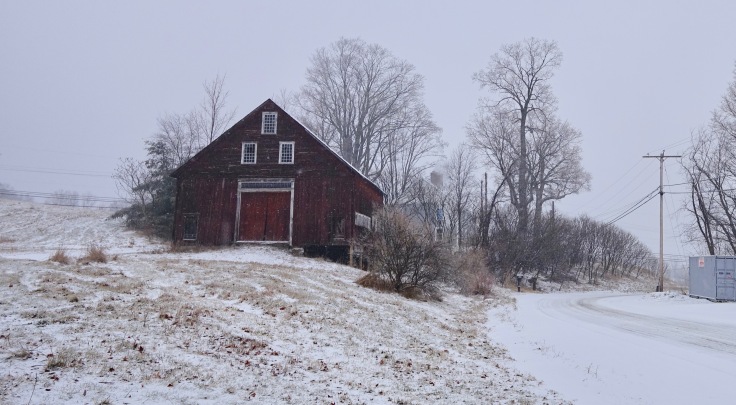
50 years ago, Purgatory Road went straight here, it climbed the hill in front of the old Richardson place, then headed down, across Route 13 on into Amherst. That downhill to the intersection was a real problem in the winter. I remember a chilly morning, riding on a school bus that tried to stop for the intersection, but slid right out into potential traffic. Luckily for us, no one was coming, but luck is not to be relied on. The town decided to do something about the problem.
There were more old Maple trees back then, on both sides of the road running past that farm house. In order to save them, the path of the road swung wide to the south. It was hoped that the needed excavations would be far enough away to preserve the trees on the south side of the original road. It “worked” for a few years, but the only evidence of those trees now is the swerve at the end of Purgatory Road.
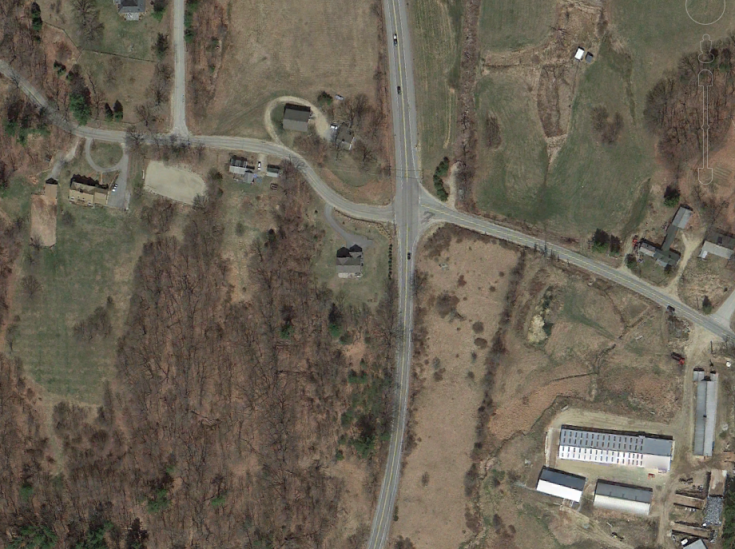
************In Other News************
November’s MVHS Meeting
~MVHS was proud to help honor local veterans by partaking in town celebrations on Veteran’s day. The Amry Uniforms which were displayed on loan all summer in our museum were brought to the Town Hall’s selectman’s room for gathering to recognize Mont Vernon as a Purple Heart Community. Thanks to Peter Eckland for facilitating the loan of the uniforms!
~Mont Vernon’s Fourth Grade students will be visiting our museum in the Spring. Thanks to MVHS’s MaryJo Marcely and MVVS’s Charlotte Jameson for setting this up!
~ MVHS is sponsoring 2 History Lessons this winter! Anna Szok is working with Francestown’s Bill McAuly to put together some history of the 2nd NH Turnpike which has bisected our town since 1801 (more on to follow). The event will take place in the Francestown’s newly renovated town hall on February 22, exact time to be announced. In March, David Brooks will be presenting about Mont Vernon’s Firsts… when did electricity first come to our town? Phones? Etc… We will keep you posted with exact details, soon!
Next Meeting:
Mont Vernon’s Historical Society did not meet in the month of December, but we will meet again in our usual spot on the first floor of the Town Hall on Tuesday, January 7th at 7:30.


